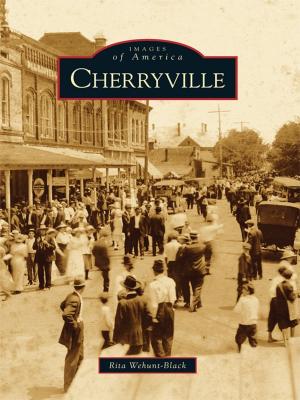Togus, Down in Maine
The First National Veterans Home
Nonfiction, History, Military, Pictorial, Travel, Museums, Tours, & Points of Interest, United States| Author: | Timothy L. Smith | ISBN: | 9781439633755 |
| Publisher: | Arcadia Publishing Inc. | Publication: | September 3, 1998 |
| Imprint: | Arcadia Publishing | Language: | English |
| Author: | Timothy L. Smith |
| ISBN: | 9781439633755 |
| Publisher: | Arcadia Publishing Inc. |
| Publication: | September 3, 1998 |
| Imprint: | Arcadia Publishing |
| Language: | English |
Togus, located 4.5 miles east of Augusta, Maine, was formerly part of the town of Chelsea. After the Civil War, Congress enacted laws and established a system of facilities that collectively became known as �National Homes for Disabled Volunteer Soldiers.� The critical need to establish an eastern branch of the National Home led to the selection of the former Togus Spring Hotel, which after some remodeling, opened for Union Civil War veterans in
November 1866. Gathered from cherished family albums, collectors of Togus artifacts, libraries, and archives, Togus, Down in Maine: The First National Veterans Home represents the first published history of the area, and most of the photographs have not been viewed by the public. The images of Civil War veterans are of particular interest, along with views of buildings, barracks, and hospitals from 1866 to the 1930s. From 1932 to 1960, over 60 buildings were demolished, and new buildings with reinforced concrete and brick facings were built.
Togus, located 4.5 miles east of Augusta, Maine, was formerly part of the town of Chelsea. After the Civil War, Congress enacted laws and established a system of facilities that collectively became known as �National Homes for Disabled Volunteer Soldiers.� The critical need to establish an eastern branch of the National Home led to the selection of the former Togus Spring Hotel, which after some remodeling, opened for Union Civil War veterans in
November 1866. Gathered from cherished family albums, collectors of Togus artifacts, libraries, and archives, Togus, Down in Maine: The First National Veterans Home represents the first published history of the area, and most of the photographs have not been viewed by the public. The images of Civil War veterans are of particular interest, along with views of buildings, barracks, and hospitals from 1866 to the 1930s. From 1932 to 1960, over 60 buildings were demolished, and new buildings with reinforced concrete and brick facings were built.















